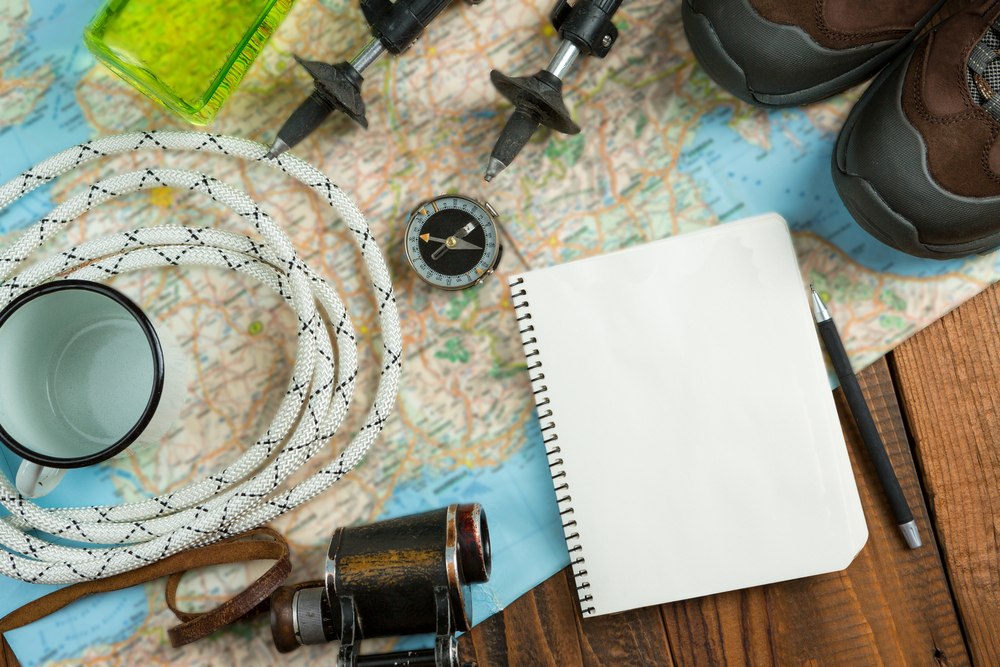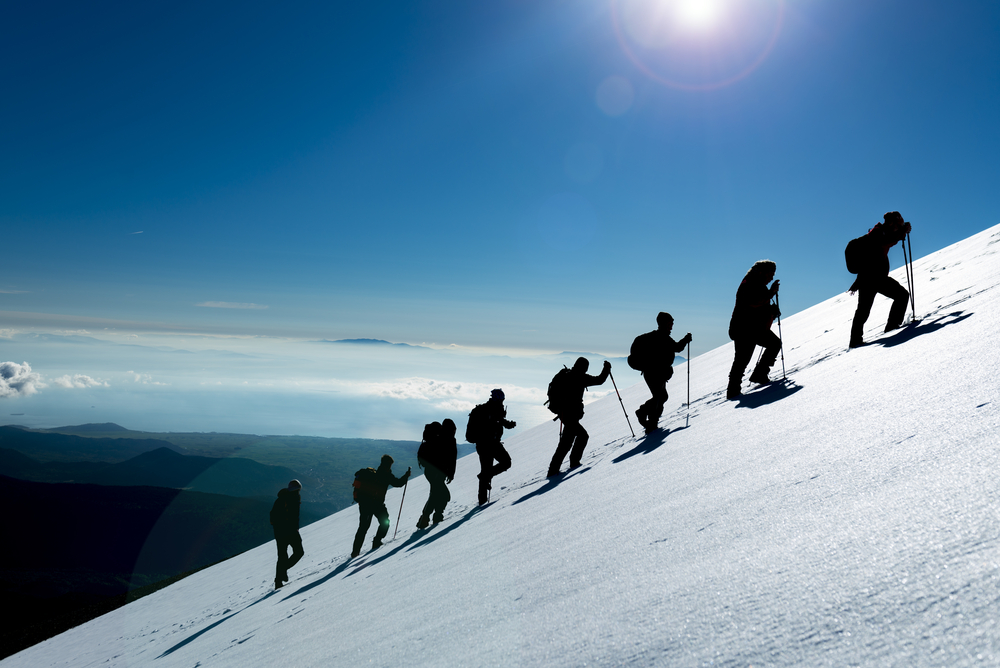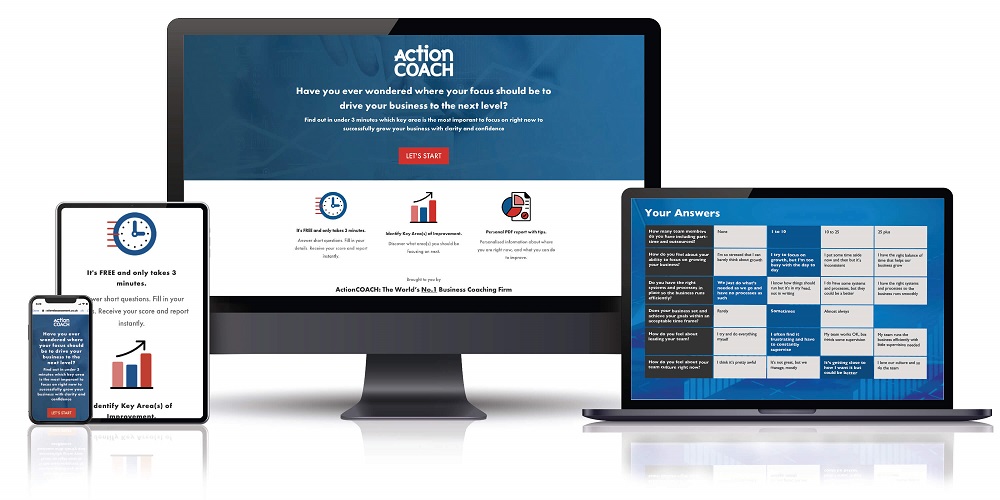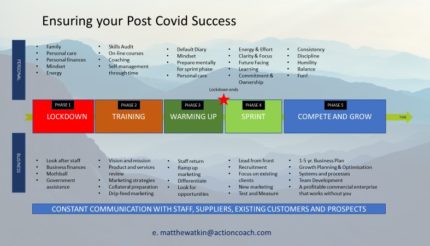It may sound like a worn-out cliche, but there are remarkable parallels between running a business in Yorkshire (or indeed anywhere, for that matter!) and climbing a mountain.
Having recently completed an expedition to Mera Peak in the Himalayas, I noticed for myself how aspects of business planning and mountaineering share similarities too obvious to ignore.
So, how is running a business like climbing a mountain?
The Goal.
As the saying goes, nobody ever climbed Everest by wandering around and mistakenly reaching the top. It requires a combination of planning, training, teamwork, the right equipment, favourable weather and much more besides.
It won’t just happen by chance; just like in business, you’ll have to become very clear about what the goal is, when you’re going to set about it and how you’re going to achieve it.
The Plan.
There are almost always multiple routes to the top, just as there will be many ways to achieve the business goal. Who will be your guide, how experienced are they and how many successful attempts on the summit have they made? You need to know early on, so that you can plan with a clear understanding of what lies in front, such that you have all the resources available to you to ensure your success.

The People.
Who is going to come with you? You will expect them to bring their stamina, determination and humour as a minimum, rather like recruiting based on attitude, not skill. If they have mountaineering experience and a mix of skills, all to the good, but they can be taught. It depends on the timeframe you set as to whether you have the time and ability to teach skills in advance of their being needed. Seeking the right mix is a critical pre-requisite.

The Training.
Going to altitude is inevitably arduous and requires hard physical training in advance. Sometimes, though, that is not enough. Our response to altitude is not solely dependent on fitness but to a significant degree on our personal physiology. Taking the right amount of time to acclimatise, that is to allow your own physiological response to altitude to develop, is vital. Pulmonary and cerebral oedema are the worst (and potentially lethal) symptoms of altitude sickness, but there are other less debilitating ones on the way.
What might happen to your business if your people are unable to execute the plan without serious inconsistency or even downright failure?

Executing the plan.
Walking in, and then the actual climb, frequently requires long days of head-down slog. Mile after mile and vertical metre after metre, the trek goes on. So too the routine of business; fulfilling orders, providing outstanding customer service, delivering what you say you’re going to deliver. These are non-negotiables. They require systemisation, to ensure consistency and thoroughness; hence the expression systemise the routine and humanise the exception. It’s just like packing your rucksack in the same way every day, so you can find what you need instantly on the darkest and coldest of nights.

Insurance.
What happens if something goes wrong? Is it an unaffordable loss or a mere irritant? My grandfather always said that “one should only insure what you can’t afford to lose” and I would say you must insure what you can’t afford to lose. If you break a leg on the mountain or go down with pulmonary oedema, you will need a helicopter cas-evac and the cost is numbered in many thousands. What does your insurance policy look like for those things that could go wrong, particularly the unrecoverable financial losses?

The Funding.
Is there a thorough financial plan, with sufficient investment to allow for the expected cash gap? Do the returns meet your expectations and allow for the payment of your funders before you pay yourself? Do you really know the exact returns you’ll be getting, both in the short and longer term?
You may be lucky and find a sponsor for your climb, but the chances are you’ll be funding the entire exercise yourself. Visas, permits, flights, guides, porters, food, tips and so on. The list can seem endless, so be sure you have enough and in the right currency, before you even set off.

The Result.
After a 3 am start in the pitch black and deep cold, you make the summit on a bright, sunlit day that gives you a 360 view of the entire mountain range and life is good! Triumph in the face of adversity. This is the moment when pride in the achievement is permissible and when a sense of fulfilment pervades your entire being.
Take a moment to consider this – what does your “Top” look like?
And please, think BIG. It was ordinary mortals who conquered Everest for the first time and continue to do so every year. There’s nothing but lack of ambition to stop us all doing the same.
[Me with Everest in the background]
If need help running your business, do please get in touch, by clicking here and we’ll arrange a call. Alternatively, visit the link below to receive a FREE personalised business report: matthewatkin.nextlevelassessment.co.uk








